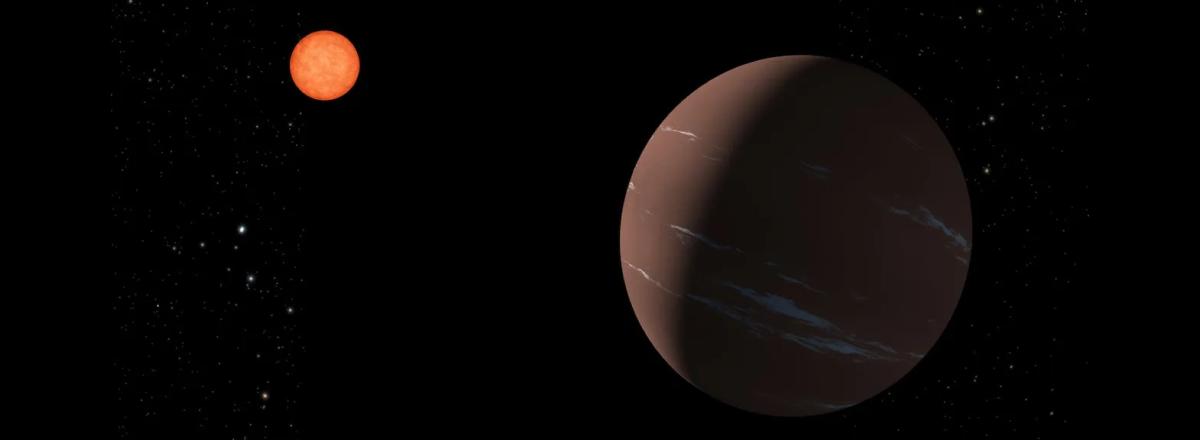NASA's TESS Discovers Potentially Habitable 'Super-Earth' Orbiting Nearby Red Dwarf
Red dwarfs, like the star hosting TOI-715 b, are increasingly viewed as prime candidates for hosting potentially habitable worlds due to their smaller size and cooler temperatures compared to stars like our Sun.

NASA's Transiting Exoplanet Survey Satellite (TESS) has identified a promising candidate for further exploration: a 'super-Earth' located in the habitable zone of a nearby red dwarf star, designated TOI-715 b. This exoplanet, roughly 1.5 times the size of Earth, orbits its star in what scientists call the "Goldilocks zone," where conditions may be conducive to the existence of liquid water.
Red dwarfs, like the star hosting TOI-715 b, are increasingly viewed as prime candidates for hosting potentially habitable worlds due to their smaller size and cooler temperatures compared to stars like our Sun.
TESS, which has been scanning the skies since its launch in 2018, detected TOI-715 b as it periodically crossed the face of its parent star during its 19-day orbit. This transit method, coupled with the relative proximity of TOI-715 b to Earth, offers scientists a unique opportunity to study this intriguing exoplanet in greater detail.
However, the presence of an exoplanet within the habitable zone does not guarantee habitability. To assess TOI-715 b's potential for hosting life, researchers are eager to use the James Webb Space Telescope (JWST) to analyze its atmosphere and composition. Insights gleaned from such observations could shed light on crucial factors such as the presence of an atmosphere and the planet's overall suitability for life.
Excitingly, TOI-715 b may not be alone in its system. Scientists suspect the existence of an Earth-sized companion, TOI-715 c, awaiting confirmation. If verified, TOI-715 c would represent the smallest habitable zone planet ever detected by TESS, further expanding our understanding of planetary diversity beyond our solar system.

